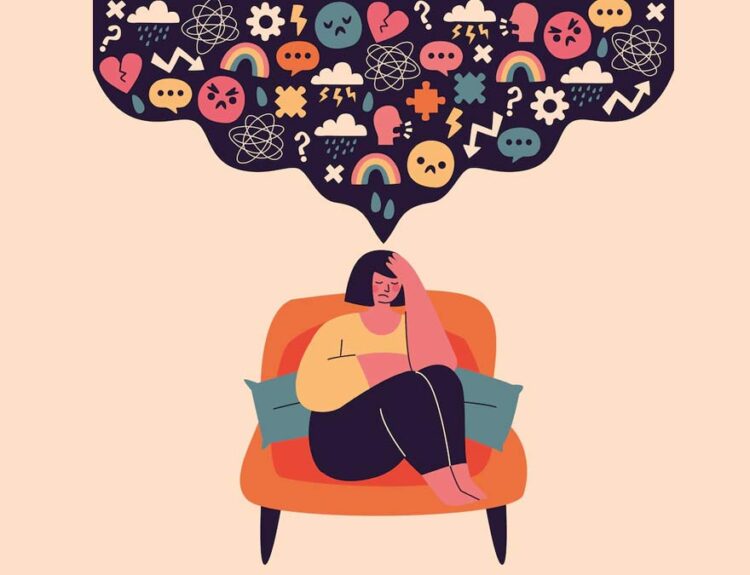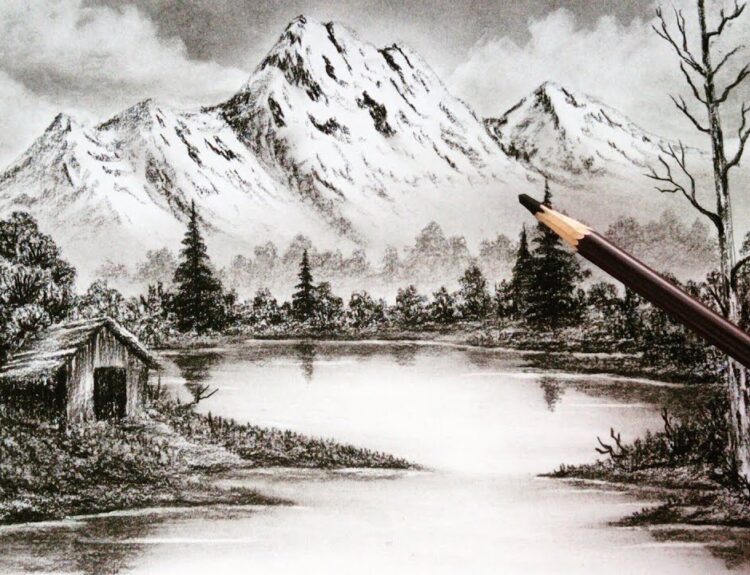Introduction
Film is more than just storytelling through moving images—it’s a medium where sound, dialogue, editing, and visuals collide to create a powerful artistic experience. At the heart of this visual magic lies cinematography, the craft that transforms ordinary scenes into timeless works of visual art.
In this blog, we’ll explore how film, through the lens of cinematography, becomes a powerful form of art. From iconic frames to emotional lighting, we’ll break down how cinematography turns cinema into a gallery of motion and meaning.
What Is Cinematography?
Cinematography is the art and science of capturing visual images for the screen. It involves camera angles, lighting, composition, framing, movement, and lens choices. The cinematographer, or Director of Photography (DoP), works closely with the director to visually represent the story’s tone, mood, and themes.
But cinematography goes far beyond technical decisions. It’s about visual storytelling—using images instead of words to make you feel something.
Film as a Visual Art Form
Just like a painting or photograph, film uses visual elements to:
- Express emotion
- Convey symbolism
- Create atmosphere
- Guide audience perception
Unlike still images, films unfold over time. That dynamic flow makes cinematography one of the most complex and immersive forms of visual art.
How Cinematography Turns Film into Art
Let’s break down the core elements that make cinematography the artistic heart of cinema:
1. Composition and Framing
A well-composed shot guides the viewer’s eye, much like how a painter uses layout to direct attention.
- Symmetry can create calm or unease (think Wes Anderson).
- Rule of thirds balances the image naturally.
- Negative space emphasizes isolation or emotion.
Every frame can be dissected like a painting—each decision is intentional and meaningful.
2. Lighting as Expression
Lighting isn’t just about visibility—it sets the emotional tone.
- High-key lighting = bright and airy (romantic comedies)
- Low-key lighting = moody and dramatic (film noir)
- Backlighting can create silhouettes for mystery or beauty
Light and shadow in cinematography function the same way they do in traditional visual arts—shaping form, creating mood, and drawing focus.
3. Color Palettes and Symbolism
Color evokes emotion. Cinematographers and colorists use this tool intentionally to deepen meaning.
- Warm tones (reds, oranges) = passion, danger, warmth
- Cool tones (blues, greens) = calm, sadness, detachment
- Monochrome = nostalgia, focus, timelessness
Films like Amélie or The Grand Budapest Hotel use color so intentionally that they feel like paintings in motion.
4. Camera Movement and Emotion
The way the camera moves adds rhythm, energy, or stillness.
- Handheld shots = intimacy, realism
- Steadicam = smooth, immersive movement
- Tracking shots = journey, flow
- Static shots = reflection, tension
Each motion speaks to how a moment feels, not just what it looks like.

Cinematic Masterpieces That Showcase Visual Artistry
Here are some films where cinematography truly turns moving pictures into visual poetry:
🎥 Blade Runner 2049 (2017)
Cinematographer: Roger Deakins
Why it’s art: Bold neon colors, atmospheric fog, and masterful light/shadow transitions create a futuristic world that feels both cold and hauntingly beautiful.
🎥 In the Mood for Love (2000)
Cinematographer: Christopher Doyle
Why it’s art: Framed through doorways and mirrors, the film’s slow camera movement and rich reds echo themes of longing and restraint.
🎥 The Revenant (2015)
Cinematographer: Emmanuel Lubezki
Why it’s art: Shot in natural light using wide lenses, this film’s visuals feel both intimate and vast, blurring the line between cinema and nature documentary.
🎥 Roma (2018)
Cinematographer: Alfonso Cuarón
Why it’s art: Black and white imagery, deep focus, and slow pans make every frame feel like a photograph from a lost time.
The Influence of Painting and Photography on Cinematography
Cinematographers often draw from classical painting and photography for inspiration.
Influences include:
- Rembrandt’s lighting techniques (chiaroscuro)
- Vermeer’s composition
- Impressionist color palettes
- Street photography framing (like Henri Cartier-Bresson)
For example, Terrence Malick’s The Tree of Life mimics religious paintings in its portrayal of nature and the human form. The connection between traditional visual arts and cinematography is inseparable.
Cinematography in Animated Films
Even in animation, cinematography plays a central role.
Examples:
- Spider-Man: Into the Spider-Verse mimics comic book style with dynamic camera work and exaggerated angles.
- Studio Ghibli films use soft colors, painterly backgrounds, and “still moments” to elevate mood and immersion.
Animation proves that cinematography is not just about capturing real life—it’s about creating emotional perspective.
Technological Advances and Artistic Freedom
As technology evolves, so does the freedom of cinematographers to create visual magic.
- Digital cinematography offers flexibility in color grading and post-production.
- Drones and gimbals allow impossible movements.
- Virtual production (like in The Mandalorian) merges CGI and live action in real time.
But no matter the tools, great cinematography still comes down to artistic vision.
The Role of the Cinematographer (DoP)
The Director of Photography doesn’t just operate a camera—they collaborate with directors, set designers, and lighting crews to bring a story’s visual language to life.
A good DoP:
- Interprets the script visually
- Translates emotional beats into shot design
- Understands the psychology of color, light, and space
Their influence on the final product is as crucial as that of the director or screenwriter.
When Cinematography Drives the Story
In some films, visuals speak louder than words.
Examples:
- 2001: A Space Odyssey – visual sequences express evolution, wonder, and fear without dialogue.
- Baraka (1992) – no script, just stunning imagery from around the world, speaking through pure cinematography.
- Gravity (2013) – long takes and space visuals mirror the isolation and tension of survival.
These films show how cinematography becomes the narrative—a true sign of cinema as high art.
Cinematography in Independent and Global Cinema
Outside Hollywood, international filmmakers bring fresh visual styles:
- Iranian cinema often uses minimalism and natural light (e.g., Abbas Kiarostami).
- Indian art films like Pather Panchali offer poetic compositions rooted in rural beauty.
- Korean cinema blends darkness and surrealism (e.g., Parasite, Oldboy).
Each culture contributes unique visual traditions that push cinematography into new artistic territory.
Why Cinematography Matters to the Viewer
Even if you don’t notice it consciously, cinematography shapes how you feel during a film.
- The slow zoom in a horror movie builds suspense.
- The golden hour glow in a love scene makes it feel magical.
- A shaky camera during a fight makes your heart race.
Cinematography isn’t just decoration—it’s emotion, story, and meaning.
Final Thoughts
Cinematography is where technical mastery meets artistic soul. It transforms film from a storytelling tool into a visual experience that rivals the finest paintings and photographs. Whether it’s a quiet close-up or a sweeping landscape, the way a scene is filmed shapes how we remember it, feel it, and interpret its meaning.
As viewers and creators alike grow more visually literate, the role of cinematography in turning cinema into visual art becomes not just appreciated—but celebrated.
Looking for more artistic inspiration?
Explore our Arts category to dive into photography, body art, and how traditional and modern art forms continue to evolve.










